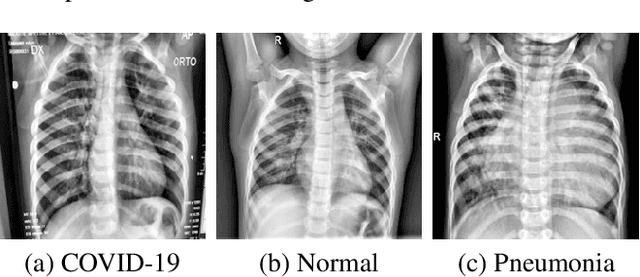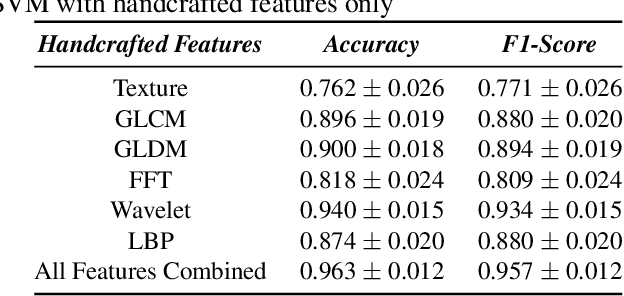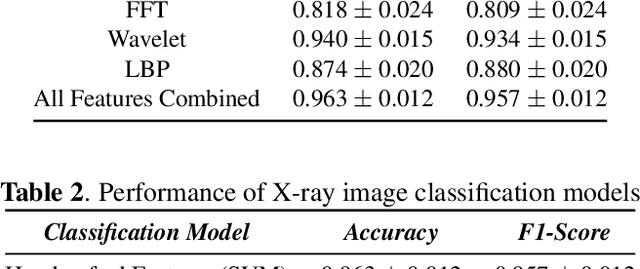Mark Loveland
A Neural Operator-Based Emulator for Regional Shallow Water Dynamics
Feb 20, 2025Abstract:Coastal regions are particularly vulnerable to the impacts of rising sea levels and extreme weather events. Accurate real-time forecasting of hydrodynamic processes in these areas is essential for infrastructure planning and climate adaptation. In this study, we present the Multiple-Input Temporal Operator Network (MITONet), a novel autoregressive neural emulator that employs dimensionality reduction to efficiently approximate high-dimensional numerical solvers for complex, nonlinear problems that are governed by time-dependent, parameterized partial differential equations. Although MITONet is applicable to a wide range of problems, we showcase its capabilities by forecasting regional tide-driven dynamics described by the two-dimensional shallow-water equations, while incorporating initial conditions, boundary conditions, and a varying domain parameter. We demonstrate MITONet's performance in a real-world application, highlighting its ability to make accurate predictions by extrapolating both in time and parametric space.
Classification of COVID-19 X-ray Images Using a Combination of Deep and Handcrafted Features
Jan 21, 2021



Abstract:Coronavirus Disease 2019 (COVID-19) demonstrated the need for accurate and fast diagnosis methods for emergent viral diseases. Soon after the emergence of COVID-19, medical practitioners used X-ray and computed tomography (CT) images of patients' lungs to detect COVID-19. Machine learning methods are capable of improving the identification accuracy of COVID-19 in X-ray and CT images, delivering near real-time results, while alleviating the burden on medical practitioners. In this work, we demonstrate the efficacy of a support vector machine (SVM) classifier, trained with a combination of deep convolutional and handcrafted features extracted from X-ray chest scans. We use this combination of features to discriminate between healthy, common pneumonia, and COVID-19 patients. The performance of the combined feature approach is compared with a standard convolutional neural network (CNN) and the SVM trained with handcrafted features. We find that combining the features in our novel framework improves the performance of the classification task compared to the independent application of convolutional and handcrafted features. Specifically, we achieve an accuracy of 0.988 in the classification task with our combined approach compared to 0.963 and 0.983 accuracy for the handcrafted features with SVM and CNN respectively.
 Add to Chrome
Add to Chrome Add to Firefox
Add to Firefox Add to Edge
Add to Edge